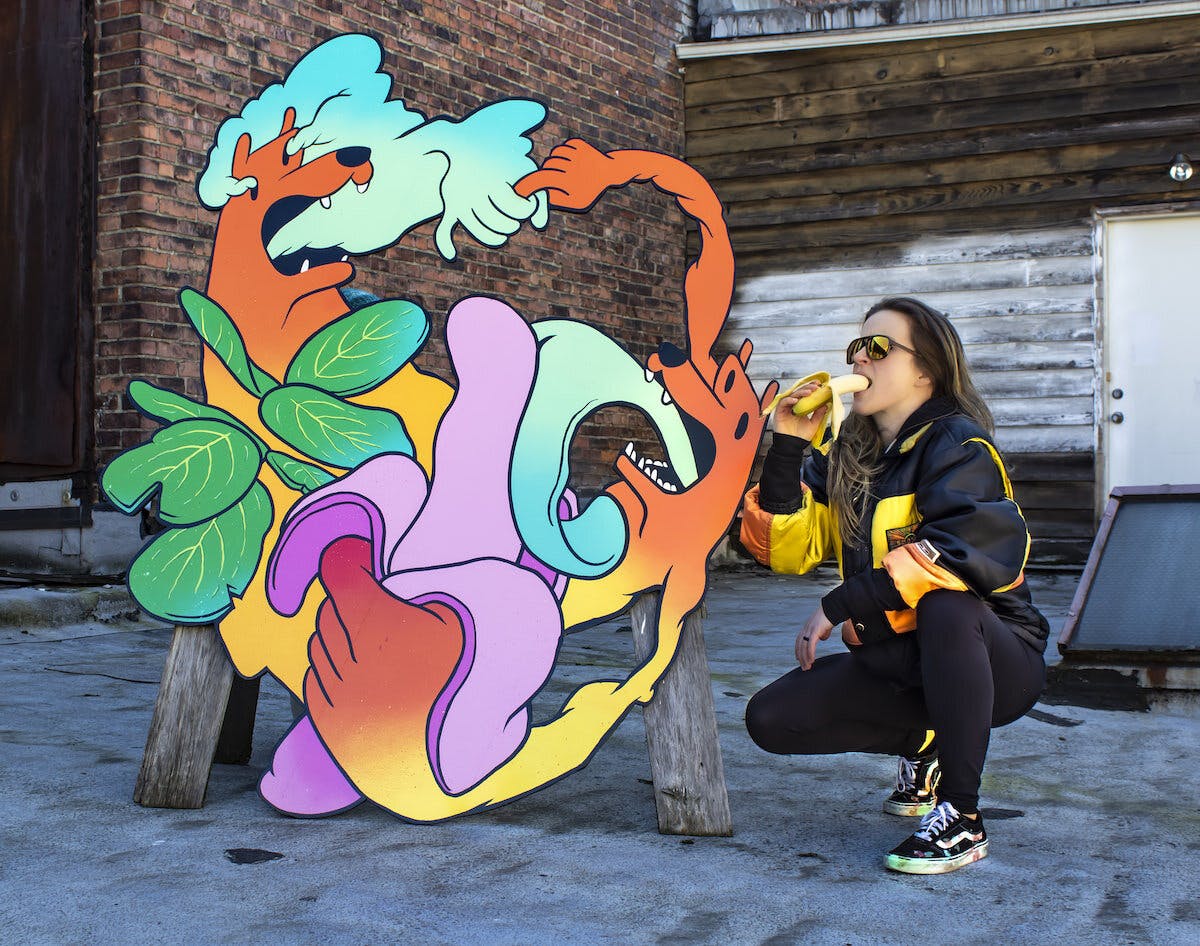In today's digital age, visual content has become a crucial tool for businesses to communicate with their audience. From social media posts to advertisements, visuals can make or break the success of a message. This is where motion graphic design comes into play. Combining graphic design, animation, and visual effects, motion graphics create engaging and impactful visuals that capture the attention of viewers. In this article, we will dive into the world of motion graphic design and provide you with a guide to mastering this powerful tool for your business.
Motion graphics can be defined as animated graphic design. Unlike traditional static designs, motion graphics add movement and depth, creating a more engaging and dynamic experience. This type of design is commonly used in video productions, advertisements, and social media content to grab the audience's attention and convey a message in an effective and memorable way. When done right, motion graphics can elevate the visual appeal of any project and leave a lasting impression on the viewers.
But what are visual effects, and how do they relate to motion graphics? Visual effects, also known as VFX, are computer-generated images that enhance or create elements in a video or film. Visual effects can range from adding natural phenomena, such as rain or fire, to creating fantastical creatures and environments. In motion graphic design, VFX plays a significant role in creating a seamless and immersive experience for the viewers.

Artwork by Genevieve St. Charles
Now that we have a better understanding of motion graphics and visual effects, let's answer some commonly asked questions about motion graphic design to help you get started on mastering this powerful tool.
1) What tools are needed to create motion graphics?
There are many software options available for creating motion graphics, with Adobe After Effects being the most popular and widely used. Other options include Cinema 4D, Blender, and Autodesk Maya. These software programs may have a steep learning curve, but with practice, you can create stunning visuals for your projects.
2) How can I learn more about motion graphics design?
The best way to learn motion graphic design is through online tutorials and courses. There are many resources available on websites like Skillshare, Udemy, and YouTube that provide step-by-step instructions on how to create motion graphics. You can also learn from experienced professionals through workshops and conferences. Practice is key to mastering motion graphic design, so make sure to spend time experimenting and creating your designs.
3) What are the main principles of motion graphics design?
The main principles of motion graphic design are timing, spacing, and composition. Timing is how fast or slow the elements in a motion graphic move. Spacing is the distance between these elements, and composition is how they are arranged to create an aesthetically pleasing design. Other essential principles to consider are perspective, color, and typography. These principles all work together to create visually appealing and engaging motion graphics.
4) How can motion graphics be used to create a more engaging experience?
As mentioned earlier, motion graphics are a powerful tool for capturing the attention of viewers. They can also be used to explain complex ideas, add a human element to content, and tell a story. In today's fast-paced world, static visuals can often be overlooked, but motion graphics have the ability to stand out and make a lasting impact on the audience.

Artwork by Genevieve St. Charles
In conclusion, mastering motion graphic design is a valuable skill for businesses and individuals looking to create impactful visuals for their projects. By combining graphic design, animation, and visual effects, motion graphics can elevate the visual appeal of any project and leave a lasting impression on the viewers. Remember to focus on the main principles of timing, spacing, and composition, and always keep your target audience in mind. With practice, patience, and a keen eye for detail, you can create stunning and impactful motion graphics for all your visual content needs.
To summarize, here are the key points discussed in this article:
- Motion graphics combine graphic design, animation, and visual effects to create engaging and dynamic visuals.
- Visual effects enhance or create elements in a video or film.
- Adobe After Effects is the most common software used for motion graphic design.
- Online tutorials and courses are great resources for learning motion graphic design.
- The main principles of motion graphic design are timing, spacing, and composition.
- Motion graphics can be used to explain complex ideas, add a human element to content, and tell a story.

